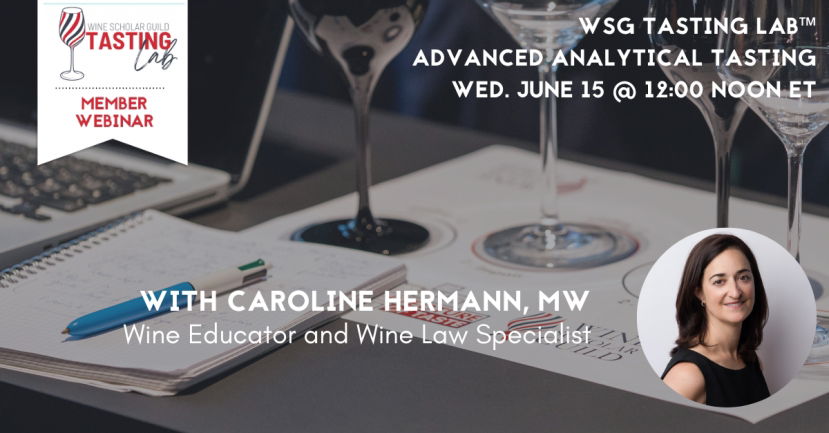BLOG
wine tasting
Summary:
Your brain —and all its sensory extensions in our eyes, nose and mouth— is your essential “tool” to perceive, remember and judge all the sensory components of wine. But do you really know how your wine-tasting “tool” works? Current advances in neuroscience are profoundly modifying our knowledge of the sensory and cognitive mechanisms of wine tasting and invite us to revisit the art of tasting.
Bridging the gap between oenology, psychology and neurophysiology,
Summary:
Wine tasting is an unique perceptual experience which endeavors to unify the numerous molecules present in the wine (and the elements around the wine) into a meaningful representation in our mind. Wine tasting often focuses on the object of the experience, that is
The WSG Tasting Diploma is a bold, multidisciplinary program designed to break free from the technical and soulless tasting methods that are most commonly taught. It's a complete reimagining of how to taste wine.
This revolutionary course will allow students to take their critical tasting skills to the next level and gain deeper understanding of expression of place and terroir in wine. The course delves deeply into neuroscience and a qualitative approach to wine tasting, with an emphasis on texture and mouthfeel. We consider many elements that are neglected in traditional tasting methodologies, such as energy, vitality, salivation and digestibility. In this article, Simon J. Woolf asks what makes the difference between mass produced commodity wine and artisanal wine that reflects its origins.
Summary:
In this webinar I will address some of the intriguing questions you submitted. Varied they were, but many had a common thread: what is it about a particular soil that is so important for certain wines? I will look at some general ideas about such claims, and then consider some specific examples, such as slate in the Moselle and Priorat, granite and diorite in Beaujolais.What exactly is the difference
Twenty years ago, Wine Scholar Guild began with a clear mission: to deepen the world’s understanding of France’s wines through education. It was 2005, and I was 23 years old, working as a trade attaché at the French Embassy in Washington, DC. This was a time of anti-French sentiment in the US, and French wine—something I knew to be an expression of place, people and culture—was caught in the crossfire.
Summary:
This wine has high acidity, medium alcohol with medium body, and aromas of lemon, lime, and wet stones. Sound familiar? Wine-tasting notes can appear strikingly similar on paper, especially when tasting a suite of comparable wines. As a taster, how can you differentiate them? Do we learn anything about their terroirs or production methods from this type of tasting note?
WSG’s Tasting Lab® allows you to take your tasting skills to the next level and qualify (and
This wine has high acidity, medium alcohol with medium body, and aromas of lemon, lime, and wet stones. Sound familiar? Wine tasting notes can appear strikingly similar on paper, especially when tasting a suite of comparable wines. But, as a taster, how can you differentiate them? Do we learn anything about their terroirs or production methods from this tasting note?
WSG's Tasting Lab® allows you to take your
Page 2 of 2
- 1
- 2







